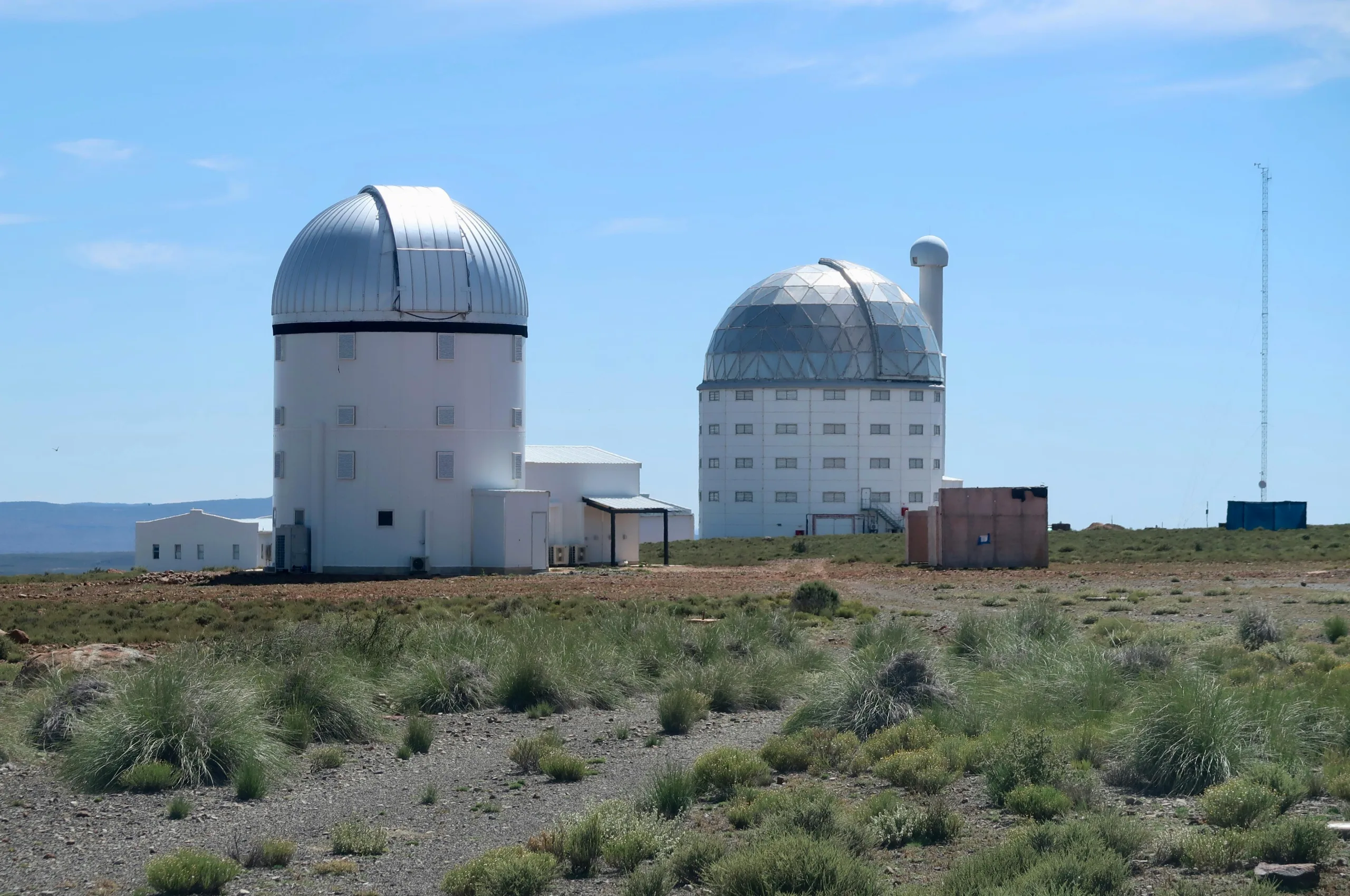The article titled “The Best Telescopes for observing planets” provides readers with a comprehensive analysis of the top telescopes available for observing planets. Focusing on the specific needs of astronomers and astronomy enthusiasts, this piece highlights the essential features and specifications that make these telescopes stand out from the rest. By exploring the advantages and limitations of each telescope, readers will have the necessary information to make an informed decision when selecting the perfect telescope to satisfy their curiosity about the mysteries of our neighboring planets.
Table of Contents
Aperture

Understanding Aperture
Aperture refers to the diameter of the main optical component of a telescope, typically the objective lens or the primary mirror. It plays a crucial role in determining the amount of light that a telescope can collect. A larger aperture allows more light to enter the telescope, resulting in brighter, clearer images of celestial objects, including planets.
Importance of Aperture for Planet Observation
When observing planets, having a larger aperture is essential to capture as much light as possible. Planets, although relatively close to Earth compared to other astronomical objects, appear small and dim in the night sky. The increased light-gathering capability provided by a larger aperture allows for better resolution and detail, making it easier to observe features such as the bands on Jupiter, the rings of Saturn, or the polar ice caps on Mars.
Recommended Aperture Sizes for Planetary Observations
For planetary observations, experts recommend telescopes with apertures ranging from 4 inches (100mm) to 12 inches (300mm) or more. Smaller apertures still allow for some planetary observations, but larger apertures provide superior image quality and finer details. It’s important to strike a balance between aperture size and other factors such as portability and cost.
Focal Length
Understanding Focal Length
Focal length is a crucial specification of a telescope that determines its magnifying power and field of view. It is the distance between the primary lens or mirror and the point where the image is formed. A longer focal length generally results in higher magnification, while a shorter focal length offers a wider field of view.
Importance of Focal Length for Planet Observation
When observing planets, having the appropriate focal length is important to achieve the desired level of magnification. Planets are relatively small objects, so a longer focal length, along with a higher magnification eyepiece, allows the observer to see finer details and bring out the surface features of the planets. On the other hand, a shorter focal length can be beneficial for capturing wider views of planetary conjunctions or capturing multiple planets in a single frame.
Recommended Focal Lengths for Planetary Observations
For planetary observations, telescopes with focal lengths between 1000mm and 2000mm are commonly recommended. This range provides a good balance between magnification and field of view, allowing for detailed observations of planets while still maintaining a manageable image scale. However, the ideal focal length ultimately depends on individual preferences and the specific planetary features one wishes to observe.
Optical Design
Refractor Telescopes
Refractor telescopes use lenses to gather and focus light. They offer clear and sharp images, making them suitable for planetary observations. Refractors are known for their low maintenance requirements and are less prone to dust and alignment issues compared to other designs. However, they can be more expensive for larger apertures.
Reflecting Telescopes
Reflecting telescopes use mirrors to collect and focus light. They offer good image quality and are more cost-effective for larger apertures compared to refractors. Reflectors are often favored for their versatility in observing various celestial objects. However, they may require occasional mirror alignments and are more susceptible to dust accumulation on the mirrors.

Compound Telescopes
Compound telescopes, such as Schmidt-Cassegrain and Maksutov-Cassegrain telescopes, combine both lenses and mirrors to gather and focus light. They offer a compact design while maintaining good image quality. Compound telescopes are often popular choices for planetary observations due to their versatility, portability, and ability to provide high magnification in a compact package.
Choosing the Right Optical Design for Planetary Observations
When selecting an optical design for planetary observations, it is important to consider factors such as budget, desired image quality, and portability. Refractor telescopes are ideal for those seeking maximum image sharpness and minimal maintenance. Reflecting telescopes offer cost-effective options for larger apertures and versatility in observing various celestial objects. Compound telescopes provide a balance between image quality, portability, and compactness.
Mount Type
Alt-Azimuth Mount
Alt-Azimuth (or Alt-Az) mounts allow the telescope to move vertically (altitude) and horizontally (azimuth). They are simple to operate and offer smooth movements, making them suitable for beginners and casual observers. Alt-Az mounts often require manual tracking to compensate for Earth’s rotation, making them less ideal for long-duration observation sessions.
Equatorial Mount
Equatorial mounts align with the Earth’s rotation axis, allowing for easy tracking of celestial objects. Once aligned, they only require movement along one axis to compensate for the Earth’s rotation. Equatorial mounts are favored by experienced observers due to their ability to track objects accurately over extended periods of time. However, they can be slightly more complex to set up and operate compared to Alt-Az mounts.

GoTo Mount
GoTo mounts feature built-in computerized systems that automatically locate and track celestial objects. They utilize alignment procedures and databases of celestial objects to assist observers in finding specific targets, including planets. GoTo mounts are beneficial for those who prioritize convenience and ease of use, especially for beginners or observers who want to spend less time manually searching for objects.
Selecting the Ideal Mount Type for Planetary Observations
Choosing the right mount type for planetary observations depends on individual preferences, experience level, and desired observing style. Alt-Az mounts are suitable for casual observers and beginners who value simplicity and ease of use. Equatorial mounts offer accurate tracking for extended observations, while GoTo mounts provide convenience and automation for those who prefer a more guided observing experience.
Aperture to Price Ratio
Determining the Best Aperture to Price Ratio
The aperture to price ratio is an important consideration when purchasing a telescope, as it determines the value for money in terms of light-gathering capability. To determine the best aperture to price ratio, potential buyers should compare different telescopes’ apertures and their corresponding prices. The goal is to find a telescope that offers a larger aperture relative to its cost, ensuring better performance and image quality without stretching the budget too far.
Budget-Friendly Options with Good Aperture to Price Ratio
For those on a budget, there are several telescopes available that offer a good aperture to price ratio. These options generally include entry-level reflector or compound telescopes with smaller apertures, which still provide satisfactory views of planets at an affordable price. It’s important to note that compromises may be made in terms of construction quality, additional features, or accessories to achieve a lower price point.

High-End Options with Excellent Aperture to Price Ratio
For enthusiasts who are willing to invest in higher-quality telescopes, there are high-end options available with excellent aperture to price ratios. These telescopes often feature larger apertures, superior optical quality, and more advanced features or accessories. While they may come at a higher price, the improved image quality and performance justify the investment for serious planetary observers or astrophotographers.
Portability
Considerations for Portable Telescopes
Portability is an important factor to consider, especially for those who wish to take their telescope to different observing locations or travel with it. Portable telescopes should be lightweight, compact, and easily assembled and disassembled without sacrificing optical performance or stability.
Compact and Lightweight Options for Planet Observation
There are several compact and lightweight telescopes available that are specifically designed for planet observation and portability. These options often include telescopes with smaller apertures and shorter focal lengths, which reduce the overall size and weight of the system. Compact and lightweight telescopes allow observers to easily set up and transport their equipment to different locations, ensuring flexibility and convenience.
Accessories
Eyepieces
Eyepieces are essential accessories for telescopes, allowing observers to adjust the magnification and field of view. Various eyepieces with different focal lengths and designs are available, each offering a unique viewing experience. The selection of eyepieces depends on personal preferences, desired magnification levels, and budget constraints.

Barlow Lenses
Barlow lenses are accessories that effectively double or triple the focal length of an eyepiece, thus increasing the magnification. They are a cost-effective way to expand the range of magnification options available with a limited set of eyepieces. Barlow lenses are particularly useful for planetary observations, enabling observers to achieve higher magnifications for fine details.
Filters
Filters are valuable accessories for planet observation as they enhance visibility and improve contrast by blocking specific wavelengths of light. For planetary observations, filters such as the Moon filter or color filters can help observers identify and enhance specific features on planets. Filters are available in different colors and densities, each serving a specific purpose in enhancing planetary details.
Collimation Tools
Collimation tools are used to align the optical elements of a telescope, ensuring the best possible image quality. For planetary observations, accurate collimation is crucial to achieve sharp and clear views. Collimation tools vary depending on the telescope’s optical design and typically include tools for adjusting the primary mirror or lens and aligning secondary mirrors, if applicable.
Must-Have Accessories for Planetary Observations
While there is a wide range of telescope accessories available, some accessories are considered essential for planetary observations. These include a selection of quality eyepieces, a Barlow lens for versatile magnification options, filters for enhancing planetary features, and collimation tools for precise optical alignment. Investing in these accessories can greatly enhance the observing experience and bring out the best in planetary observation.
User-Friendly Features
Easy Setup and Assembly
Telescopes with user-friendly designs make the setup and assembly process quick and hassle-free. Features like tool-free assembly, clear instructions, and intuitive designs enable users to get their telescopes up and running within a short period, allowing more time for observing. User-friendly telescopes are particularly suitable for beginners or those who value simplicity and convenience.
Intuitive Controls
Telescopes with intuitive controls allow users to easily adjust settings, track celestial objects, and navigate the night sky. Smooth and responsive control mechanisms, ergonomic designs, and user-friendly interfaces contribute to a pleasant observing experience. Intuitive controls are especially valuable for users who may not have extensive experience with telescopes or complex astronomical systems.
Built-in Computerized Systems
Telescopes equipped with built-in computerized systems, commonly known as GoTo systems, offer automated object tracking and easy object locating. These systems utilize preloaded databases of celestial objects and alignment procedures to assist users in locating planets and other targets of interest. Built-in computerized systems greatly simplify the observing process, making it accessible to a wider range of users, including beginners.
Telescopes Suitable for Beginners
To cater to beginners or new observers, there are telescopes available that combine user-friendly features, simple operation, and affordability. These telescopes often come with comprehensive instructions, beginner-friendly accessories, and straightforward controls. Telescopes suitable for beginners provide a stepping stone into the world of planetary observation, allowing users to explore and learn at their own pace.
Brand and Manufacturer
Reputable Telescope Brands
There are several reputable telescope brands known for their quality, performance, and customer satisfaction. These brands have a long-standing history in the industry and have built a strong reputation for manufacturing reliable telescopes. Some notable reputable telescope brands include Celestron, Orion, Meade Instruments, Sky-Watcher, and Zhumell.
Popular Manufacturers for Planet Observation
When it comes to planet observation, certain manufacturers have gained popularity among enthusiasts for their telescope models that excel specifically in this field. These manufacturers often prioritize optical quality, higher magnifications, and features specifically designed for planetary observations. Celestron, known for their NexStar and CPC series, and Meade Instruments, with their LX series, are among the popular choices for planet observation enthusiasts.
Customer Reviews
Reviewing Customer Feedback and Ratings
Customer reviews and ratings provide valuable insights into the real-world performance and user experiences of different telescopes. Reviewing customer feedback can help potential buyers understand the strengths and weaknesses of specific models, the overall satisfaction of users, and any recurring issues or concerns. It is essential to consider a broad range of customer opinions to make an informed decision.
Highly Recommended Telescopes for Planet Observations
Based on customer reviews and recommendations, certain telescopes consistently receive positive feedback for their performance in planet observation. These telescopes often offer a good balance between aperture, optics, ease of use, and value for money. Highly recommended telescopes for planet observations include the Celestron NexStar 8SE, Orion SkyQuest XT8i IntelliScope, Meade LX90-ACF, and Sky-Watcher ProED 100mm Doublet APO Refractor. These models have garnered positive reviews, highlighting their suitability for detailed and rewarding planet observation experiences.
In conclusion, when choosing a telescope for planet observation, understanding the importance of aperture, focal length, optical design, mount type, aperture to price ratio, portability, accessories, user-friendly features, brand reputation, and customer reviews is key. By carefully considering each aspect and selecting the appropriate telescope based on personal preferences, enthusiasts can indulge in captivating views of planets and unlock the wonders of the universe.
Related site – Best telescopes 2024: For stargazing galaxies, nebulas and more
